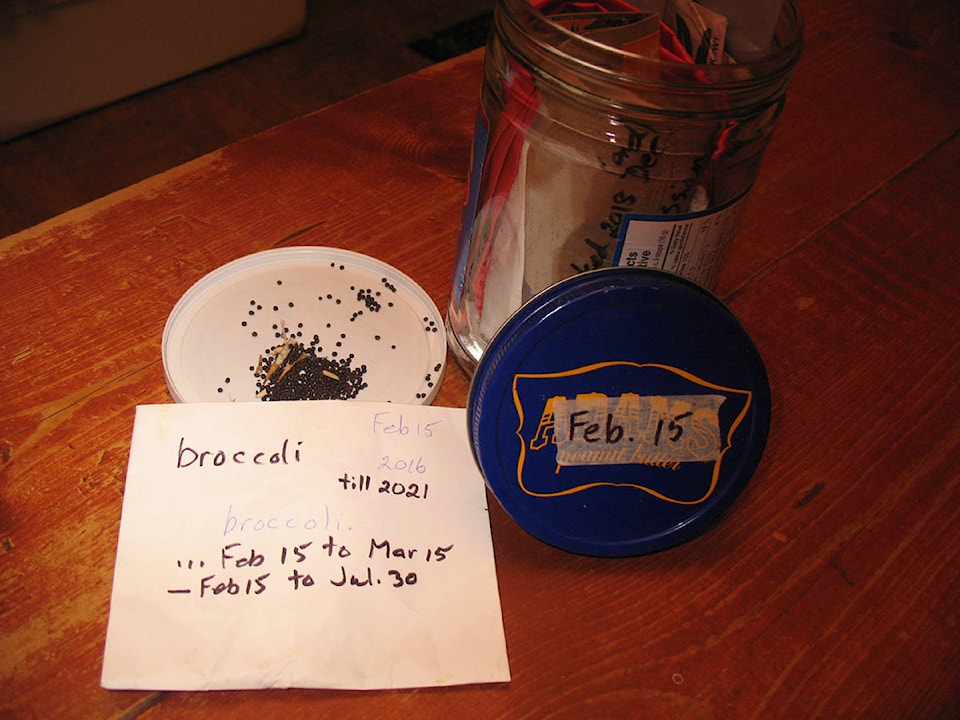By Mary Lowther
When one’s spouse indulges her and will buy her almost anything she desires, one must learn self-discipline. I expressed mild interest in a piano once and now it’s sitting in our living room. I also mentioned that, since I had filled up the back and side yards with vegetable patches, I needed to expand, so David bought two acres down the road, although this fit into his scheme of things because I had had my sights set on HIS front yard. Talk about overkill.
As I peruse the new seed catalogues and add up the cost of everything I’d like and with no one but myself to put on the brakes, I mournfully cross out the maybes, yet still end up with $100 bill despite having saved seeds from several crops. I’m buying fewer seeds than usual, but costs have skyrocketed.
This year I’m going to save seeds from as many crops as possible, ignoring gardening authors’ remonstrations that I won’t have enough plants for robust diversification from the few plants that I grow. Besides, if I’m going to be self-sufficient, I must save seeds from all my varieties of plants. What if we were cut off from the mainland and all the seed from local producers got snapped up?
A smart person prepares for the future and saves money at the same time, reminding herself that this is a two-for: if we save seed from the plants that grow best, we’ll gradually accrue plants adapted to the climate unique to our area as well. Hmm, that’s a three-for.
Here are a few suggestions for saving seeds. Map out where you planted each crop and write down where each variety grows. Tag the best plants in the field. As peas and beans near their end, pull off the pods from the best plants and put them in labeled paper bags to dry. Break them out of their hard, dry shells when you watch Jeopardy, pour them into labeled envelopes with the present year and the last year they’re expected to be viable and place these into a sealed container. Label this container for the first week you intend to plant this crop and store this in a cool place.
Annuals like squash, tomatoes, cucumbers and peppers develop seed the same year they set fruit so we can save seeds the same year they are planted.
Biennials like cabbage, broccoli, carrots and onions set seed the year after they’ve been planted, once they’ve gone through a winter, so I plan to move the plants I want to save seed from into an unwatered bed dedicated to saving seed.
Still, it’s fun to see what others have saved and what they’ve got to sell from their gardens, so I plan on going to one of the following Seedy Saturday or Sunday events.
Events:
Seedy Saturday in Victoria, Feb. 16 from 10 a.m. to 4 p.m. at the Victoria Conference Centre, 720 Douglas St.
Seedy Sunday in Duncan, March 17 from 10 a.m. to 2 p.m. at Si’em Lelum Gym, 5574 River Rd.
Please contact mary_lowther@yahoo.ca with questions and suggestions since I need all the help I can get.
